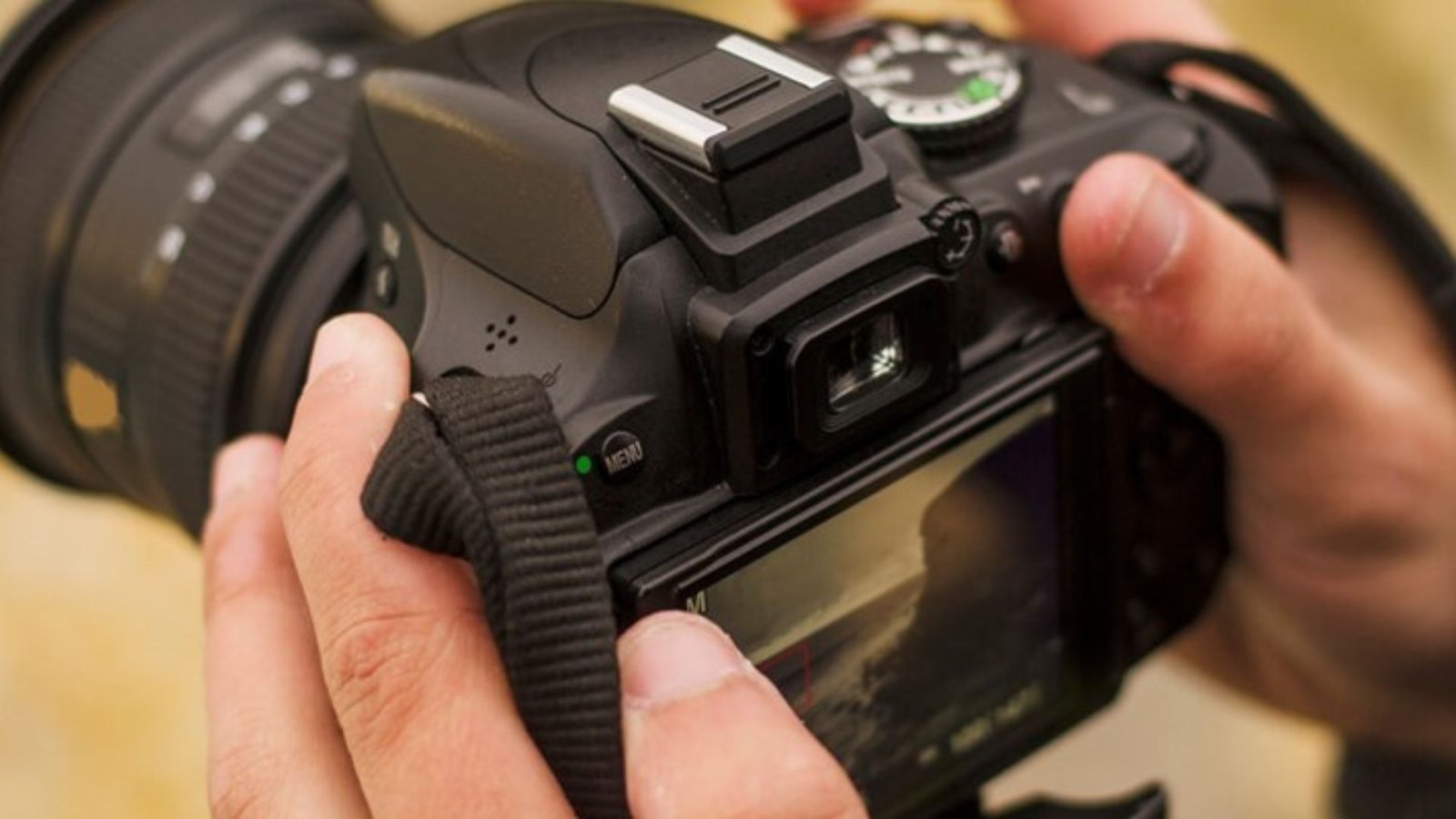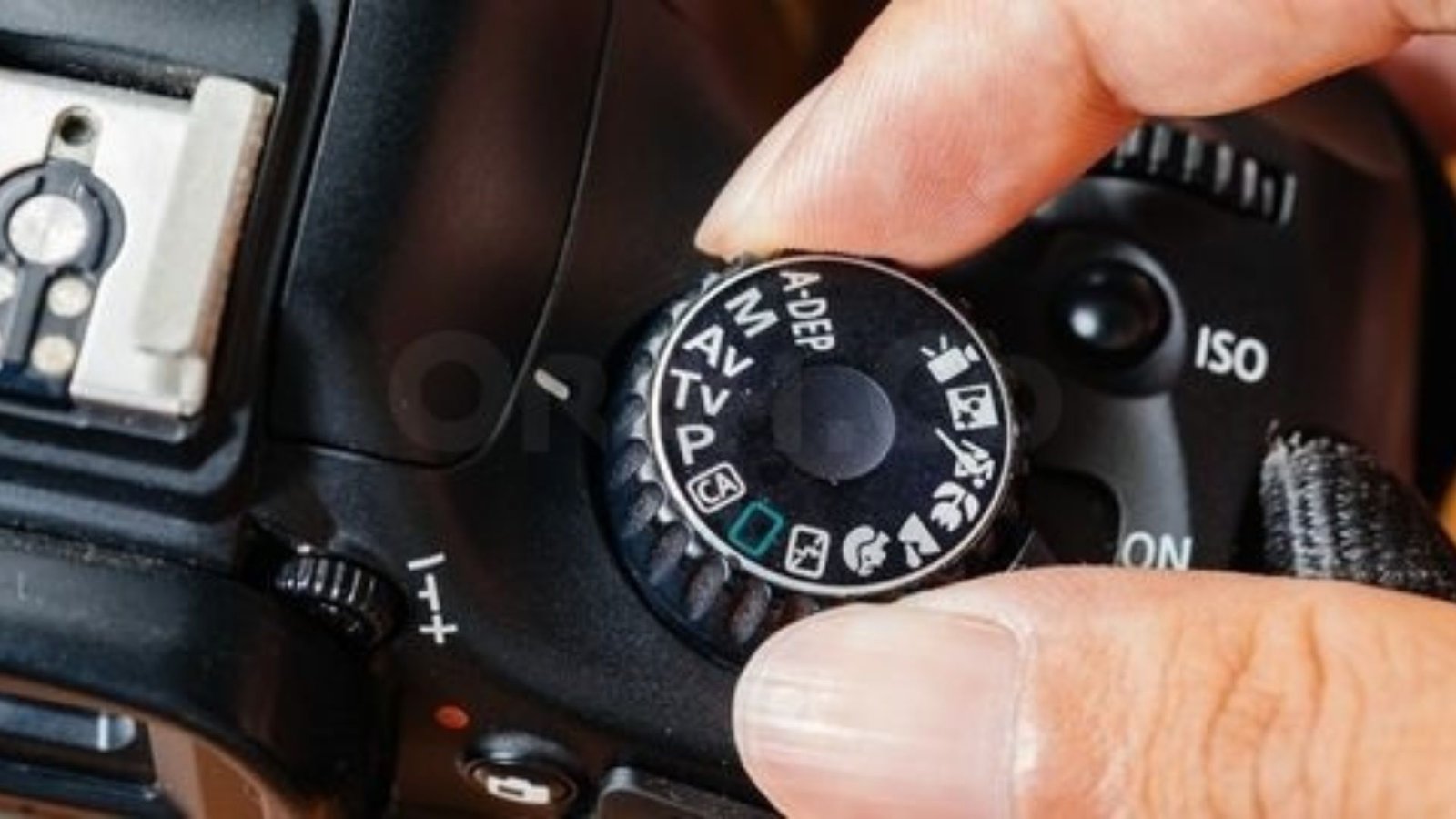Choosing the right digital camera involves more than just picking the one with the highest megapixels. Understanding the essential features that influence image quality, usability, and overall performance is crucial. This guide will help you identify the key features to look for in digital cameras, ensuring you make an informed decision whether you’re a beginner or an experienced photographer.

Key Features to Consider in Digital Cameras
Image Quality
Firstly, image quality is perhaps the most important factor to consider. Look for cameras with high-resolution sensors that offer clear, detailed images. The sensor size also matters; larger sensors generally capture more light and produce better images, especially in low-light conditions. Additionally, consider cameras with high megapixel counts, but remember that more megapixels do not always mean better image quality.
Lens Options and Zoom Capabilities
In addition, lens options and zoom capabilities are essential features. If you’re interested in photography with varied perspectives, a camera with interchangeable lenses provides flexibility. For compact cameras, check the optical zoom range. A higher optical zoom allows you to capture distant subjects clearly, and it is better than digital zoom, which can degrade image quality.
Aperture Size
Moreover, aperture size affects how much light your camera lets in and how much of your image is in focus. A camera with a wide aperture (lower f-number) allows more light, which is beneficial for low-light conditions and achieving a shallow depth of field for creative effects. Look for cameras with a large aperture to enhance your shooting versatility.
ISO Range and Performance
Consider the ISO range and performance of the camera. A wider ISO range allows you to capture better images in various lighting conditions. However, higher ISO settings can introduce noise (graininess). A camera with good noise reduction capabilities at high ISO levels helps maintain image clarity even in low light.
Autofocus System
Another critical feature is the autofocus (AF) system. A fast and accurate autofocus system helps ensure sharp images, especially when shooting moving subjects or in low-light conditions. Look for cameras with multiple autofocus points and advanced AF technology, such as phase-detection or hybrid AF systems, for better performance.
Image Stabilization
Image stabilization (IS) is crucial for reducing camera shake and blurriness, especially when shooting at slow shutter speeds or using zoom lenses. Cameras with optical image stabilization (OIS) in the lens or in-body image stabilization (IBIS) help keep your shots sharp and clear.
Connectivity Options
Connectivity options, such as Wi-Fi, Bluetooth, or NFC, make it easier to transfer and share your photos. Cameras with these features allow you to connect wirelessly to your smartphone or computer, making it simple to upload and share images quickly. Consider cameras with robust connectivity options for added convenience.
Battery Life
Battery life is another important consideration. A camera with long battery life allows you to capture more photos on a single charge, which is particularly useful for travel or long shooting sessions. Check the battery specifications and user reviews to ensure the camera meets your needs.
User Interface and Controls
The user interface and controls significantly impact how enjoyable and efficient your photography experience will be. Look for cameras with intuitive menus, easily accessible buttons, and customizable controls. A camera that feels comfortable and easy to use will enhance your overall shooting experience.
Build Quality and Durability
Finally, build quality and durability are important for longevity and reliability. Consider cameras with sturdy construction and weather-resistant features if you plan to use your camera in various environments. A well-built camera will withstand regular use and adverse conditions better.
Conclusion
To sum up, when choosing a digital camera, it’s essential to consider features such as image quality, lens options, aperture size, ISO range, autofocus system, image stabilization, connectivity options, battery life, user interface, and build quality. By focusing on these key aspects, you can find a camera that meets your specific needs and enhances your photography experience. Whether you’re a beginner or a seasoned photographer, understanding these features will help you make an informed choice and capture stunning images with ease.










